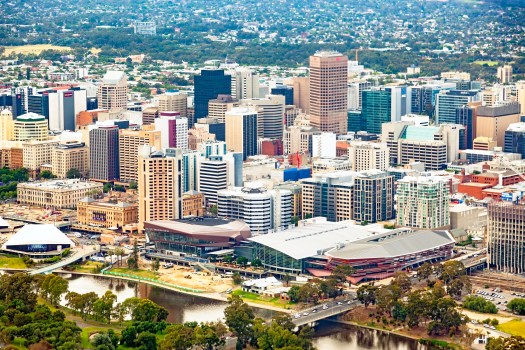By Rob O'Brien
Local government is continuing to lobby candidates ahead of the state election next month with infrastructure at the centre of its demands for more collaboration between the two tiers of government.
Part of the local government campaign, which has to date included four blueprint documents, titled Quality Neighbourhoods, Growing Opportunity, Green Living and Strong Foundation, is the setting up of a state infrastructure body, provisionally called Infrastructure SA.
“We’ve managed more infrastructure assets with our money than the state,” said president of the Local Government Association of South Australia (LGA), Felicity Ann Lewis. “And of course we have such a small rate of just 3 per cent.”
In 2007-8 South Australian councils spent more than $238.8 million on the renewal and upkeep of assets, with $207.6 million on new assets alone. The lower level of government is nine times more asset-intensive than the Federal Government, according to the LGA.
With 42 per cent of the South Australian population living in townships of fewer than 1000 people, future infrastructure programs including the National Broadband Network are vitally important.
“People in communities will ask their candidates the hard questions about what they’re going to do for them,” said Mayor Lewis.
“We need some understanding of what projects will be given funding or where we would go collectively – local and state government… to get money rather than this whole competitive thing among ourselves, which is influenced by pork barrelling.”
IPWEA SA president, Andrew Thomas, said the concept of an infrastructure body to cover state and local needs “makes sense, but the devil’s in the detail”.
“In principle we support better co-ordination of the development of infrastructure and the more efficient allocation of funding to new infrastructure and existing infrastructure and that’s why there’s been a strong focus over the last year or so to get asset management plans in place,” he said.
“We’ve been pretty successful as a state getting federal funds over the last few years, and it’s been especially where we have had collaborative approaches.
“But I guess the idea of formalising a system so we can continue to do that, there’s a lot of sense behind it.”
Comment below to have your say on this story.
If you have a news story or tip-off, get in touch at editorial@governmentnews.com.au.
Sign up to the Government News newsletter

